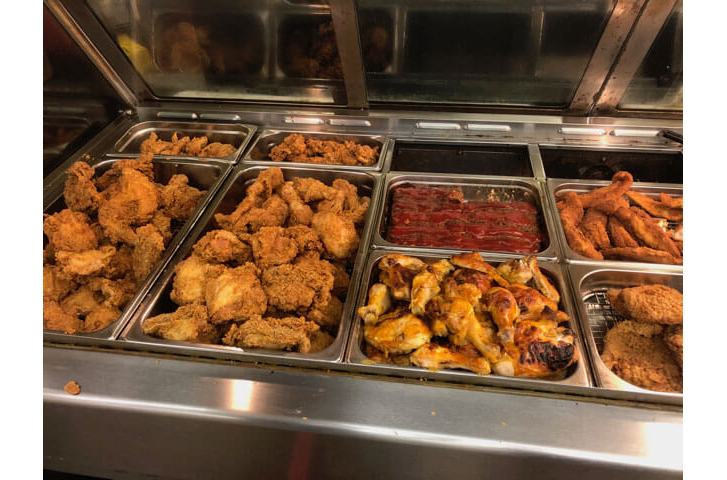by John McCurry, contributing writer
Lynn Willard formed Lowcountry Grocers in 2014. The company began with six stores, all in the eastern half of South Carolina, and has gradually grown to 12 locations.
Willard said there has been a large learning curve during the pandemic. As is the case with many grocers, the big challenge for Lowcountry has been product supply. Months after the pandemic began, he still struggles to get certain product lines. Other ongoing challenges have been navigating governmental mandates and ensuring employee safety.
“Our approach has been, of course, to comply with the regulations and even go beyond that,” Willard said. “We instituted measures in our locations before they were required, such as masks, plexiglass shields and extra cleaning. Masks are still not required in all of the cities in which we operate, but it is a company requirement.
“It’s better to err on the side of caution. We thought we would have pushback, but it has not been the issue I thought it might have been. Everyone seems to realize where we are.”
While paper products are in stock across the company’s dozen stores, the brands it can obtain change regularly. Some items remain out of stock and the variety is down. Cleaning products of all types remain major problems, especially disinfectant sprays. Wipes are “hit and miss.” Willard has had some success in using alternative suppliers of paper and cleaning products.
Labor, a constant challenge in the grocery industry, became even more so.
“In the beginning of the pandemic, we were hiring as quickly as we could,” he said. “We didn’t always have enough applicants. We have managed to keep things together with some duct tape and a Band-Aid and a paper clip. We’ve had more success in recent weeks. Our employee count has grown. We have over 500 overall.”
Sales are still up at Lowcountry Grocers but not at the level they were during the first few months of the pandemic. Willard thinks sales will continue that way for the remainder of the year, followed by a slow segue to whatever new normal emerges.
“What we are experiencing now will most likely remain much the way it is, as long as the mask mandates and other regulations are in place,” he said. “When those things begin to loosen, the turn-back will increase, but it will be slow. There will be fewer restaurants, so that is going to be food dollars still coming back to the grocery store. It might be a year or two before people return to frequent eating out.”

